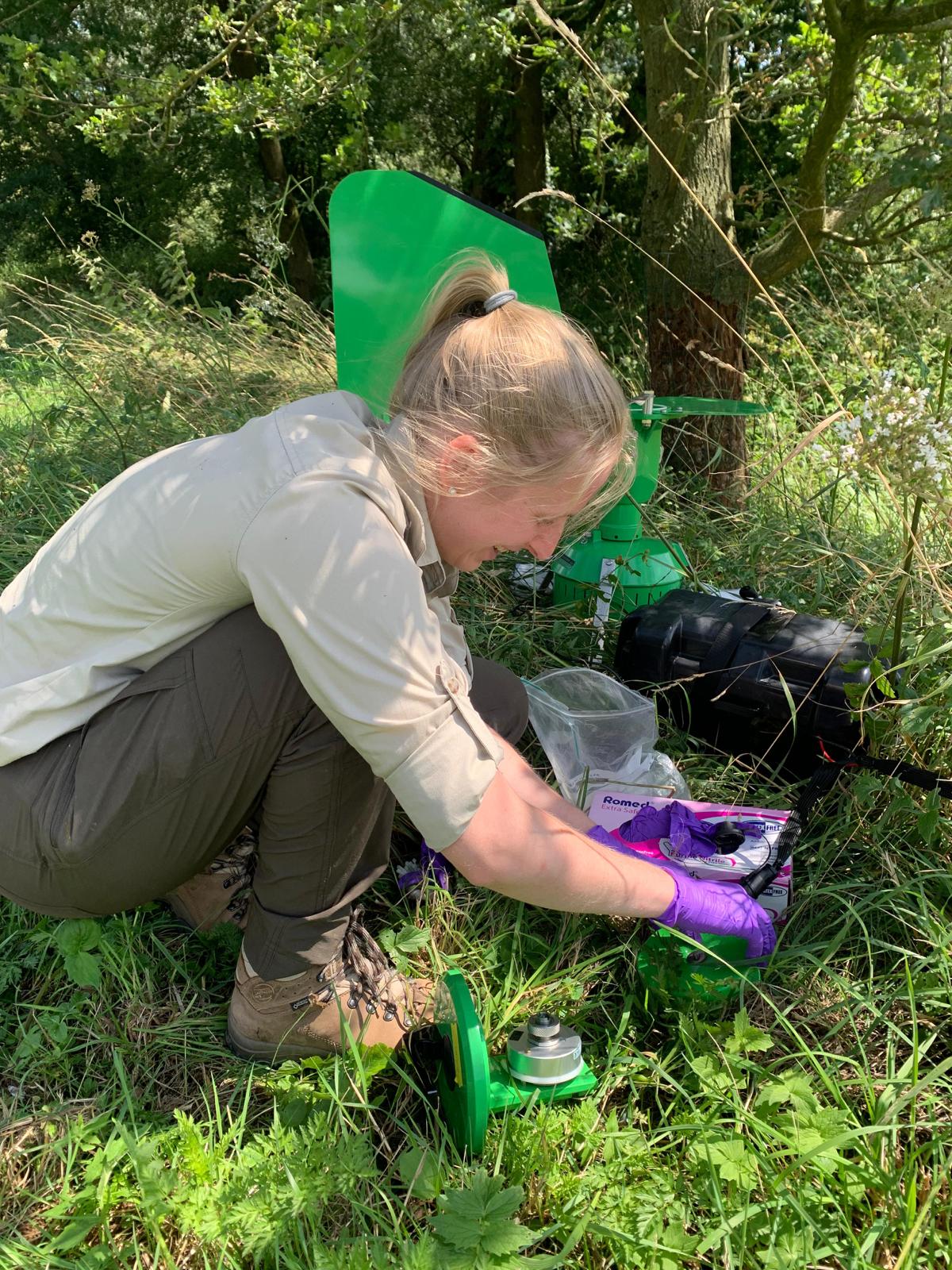With the cold we are experiencing now, it is always nice to look back at our summer adventures! Last summer, I (Carlijn Balvers) conducted my first field season, where I tried to catch blood-fed mosquitoes. With these blood-fed mosquitoes, we can do all sorts of interesting analyses. For example, on what hosts did the mosquitoes feed? Are there maybe pathogens inside the blood that we can detect to know which pathogens are circulating in animals?
The search for blood-feds, a needle in a haystack?
Catching blood-fed mosquitoes is, unfortunately, easier said than done. When a mosquito has fed on an animal, she normally takes a break to digest the meal and make eggs out of the nutrients. Flying blood-fed mosquitoes are, therefore, hard to find. Luckily, some products (fermenting molasses) are known to catch more blood-fed mosquitoes than others. The problem is that we don’t know if this also works in the Dutch climate and with the mosquito species in the Netherlands. In addition, it is unsure whether the volatile components in fermenting molasses, the CO2, or a combination of the two are important for catching blood-fed mosquitoes. So this is what we tried to discover in 8 weeks of fieldwork.
We placed BG-sentinel 2 traps in the field at various locations. Every morning, I would take the mosquitoes caught at night, place a new catch bag in the trap, switch the battery, and adjust the odour component. When I was done at all the locations, I would return to our laboratory and identify the mosquitoes caught that night. I also examined whether the mosquitoes were blood-fed, gravid (ready to lay eggs) or unfed. I put the mosquitoes in individual tubes when blood-fed or gravid and in pools when unfed. In addition, I also separated the legs and wings from the mosquitoes for other analyses. In this way, I processed over 3000 mosquitoes!
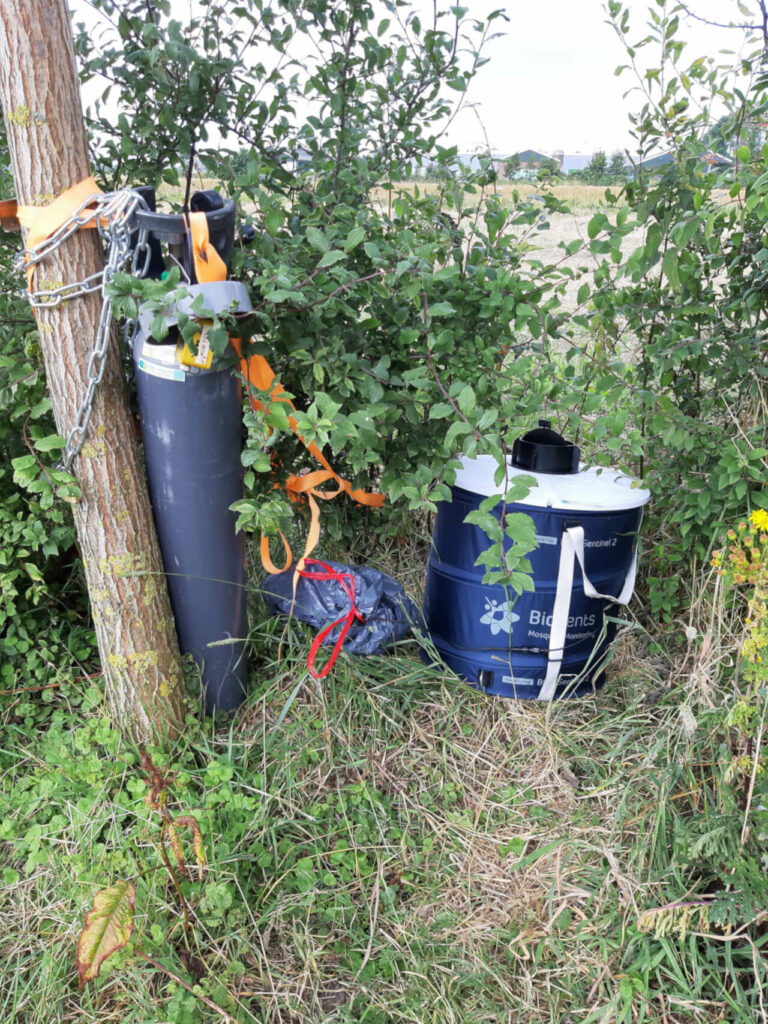
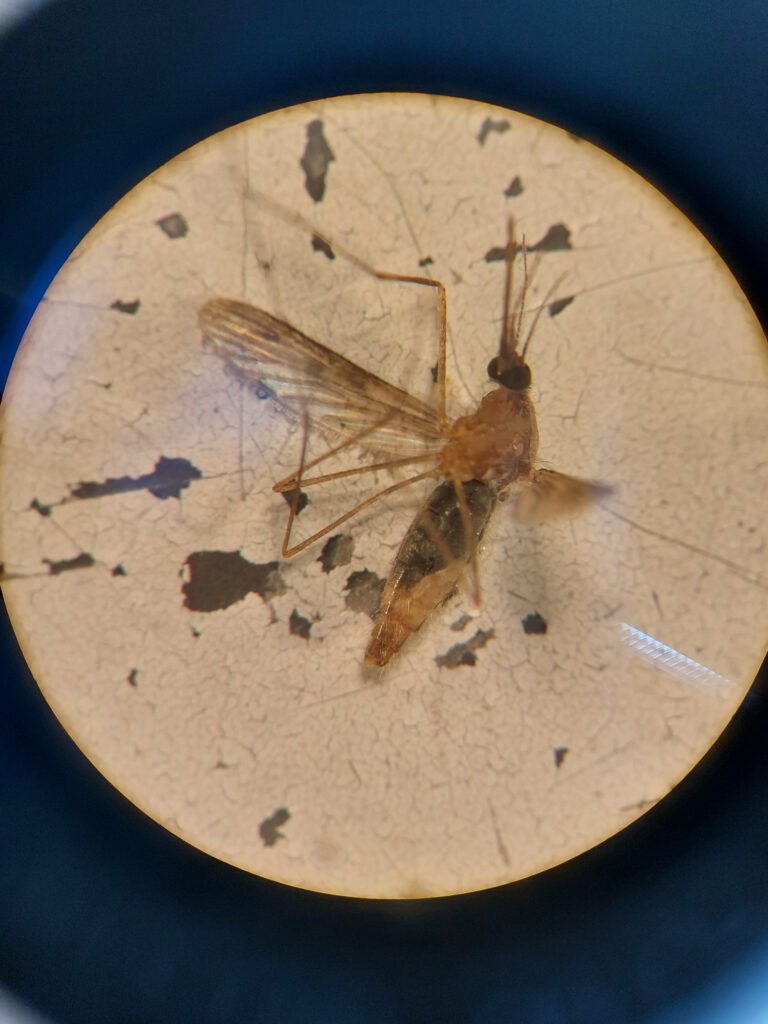
The wings will be used to determine the exact species or biotype of the mosquito (I am doing this now in the lab). The legs will be used to determine whether animal DNA is still on the legs. Our project partners at WENR (Wageningen Environmental Research) do this. The bodies of the blood-fed mosquitoes and some control gravid and unfed mosquitoes will be analysed for pathogens and the host of the mosquito at WBVR (Wageningen Bioveterinary Research) and WENR.
Catching big air
Besides catching blood-fed mosquitoes, I also tried to catch air! Yes air, or more specifically, the DNA in the air. Because animals shed their skin cells or hair, DNA is released into the air. With this information, we can tell what species of animals were present in the area. We can then compare these animals with the animals we found to be hosts of the mosquitoes. So, how do you catch air? We do this using an air filter, which is basically a vacuum cleaner powered by a car battery and a solar panel. To get the (heavy!) equipment at the exact locations, we sometimes had to climb or go under fences and get away from curious cows. The “vacuum cleaner” sucked in air onto a sticky tape. This sticky tape rotates once in exactly seven days. In this way, we can tell when the animal was detected. These samples are now also at WENR for analysis.
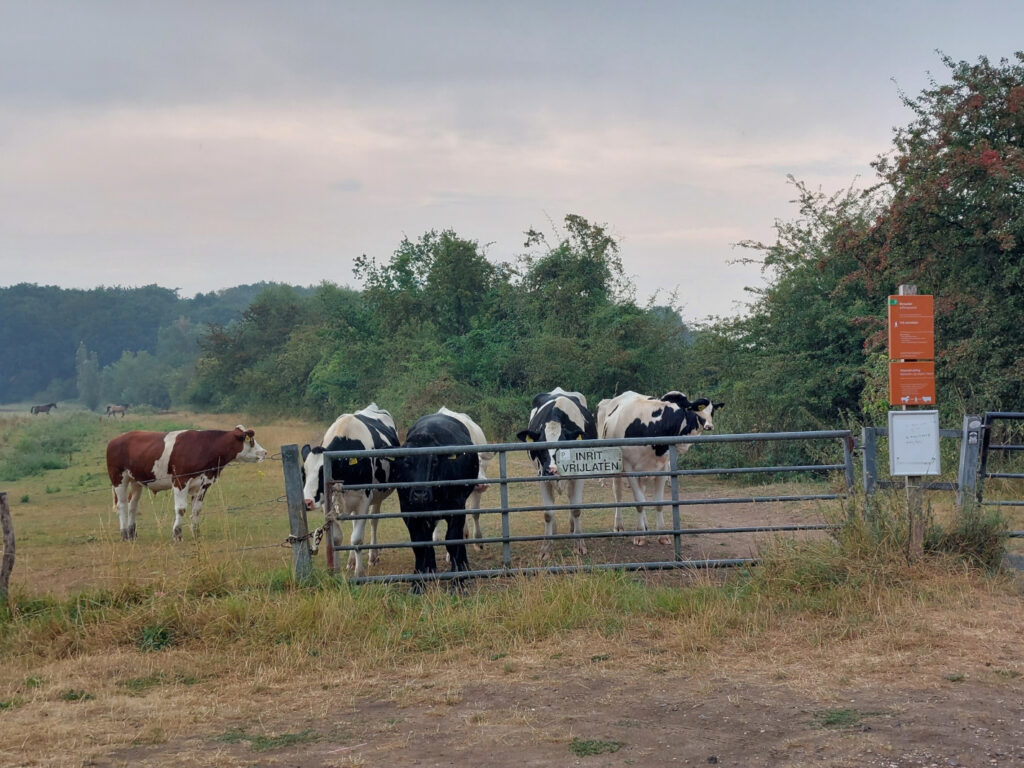
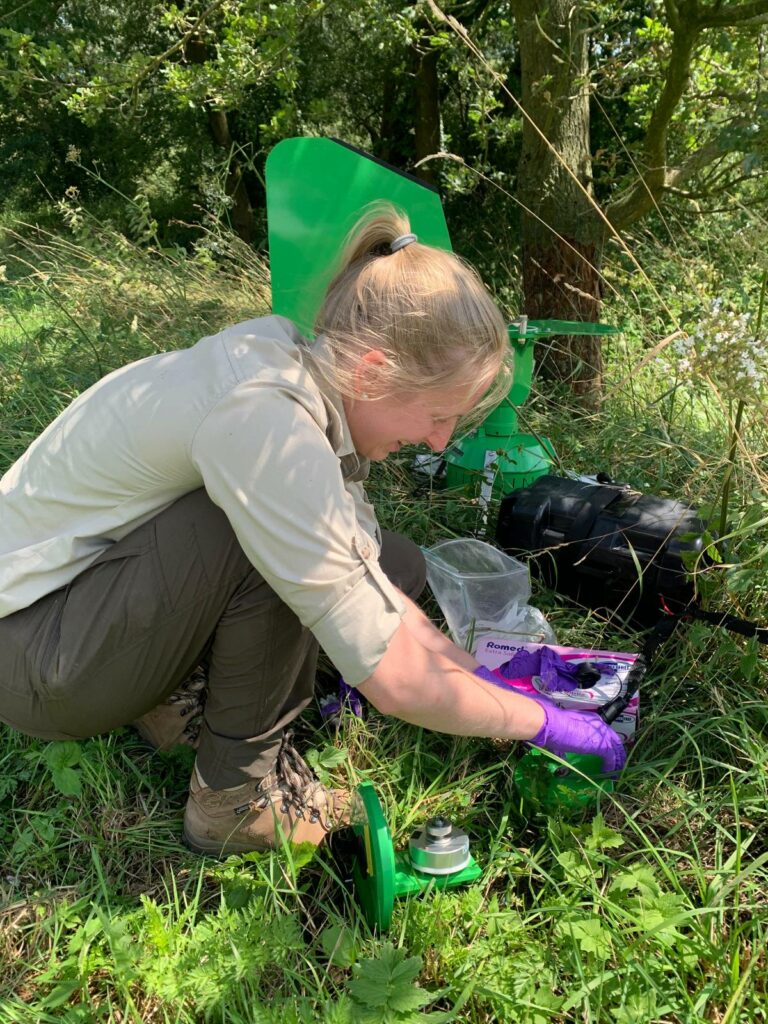
Now is the time to do the laboratory and statistical analyses and wait on the results of our research partners. When we have all this data, we can get a clearer picture of the hosts of field mosquitoes and if this deviates from animals present in the environment. This is important to better understand which animals are involved in transmitting diseases vectored by mosquitoes in the Netherlands.
This project is part of ERRAZE@WUR.
